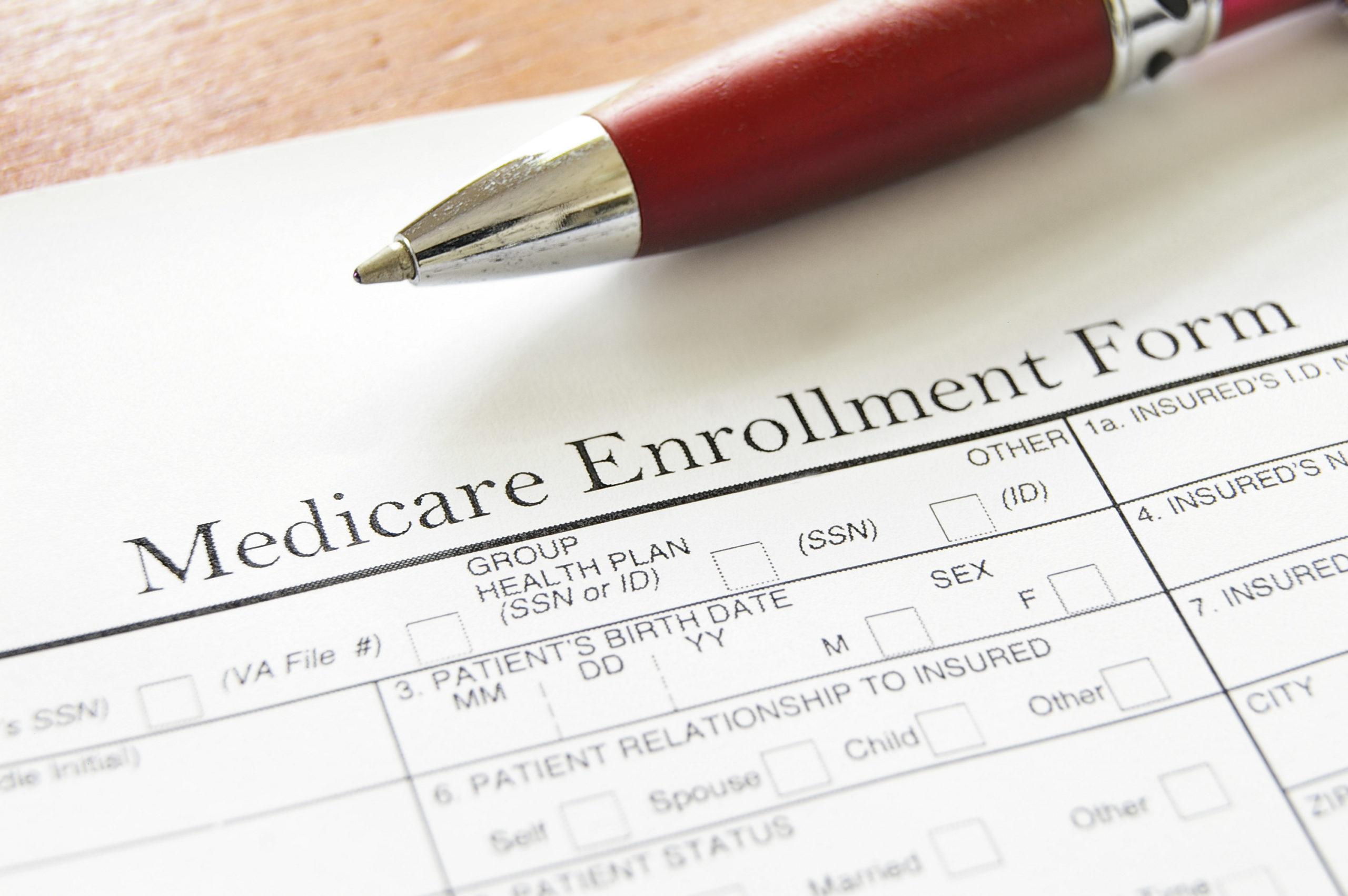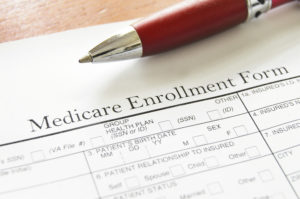Medicare: Making Enrollment Make Sense


While one’s 65th birthday no longer signifies reaching the “Full Retirement Age” milestone for Social Security benefits, turning 65 still has a unique perk – gaining eligibility for Medicare. Being eligible for the program, however, doesn’t mean that it’s easy to decipher the best course of action amongst the array of options available. Yeske Buie sends a notification email to our Clients six (6) months before their 65th birthday to start the conversation about Medicare enrollment; as Clients move through the process, we review their questions and make recommendations based on the alternatives that best fit their needs.
What follows is a brief guide to understanding Medicare’s various components, how they work together, and suggestions for making your journey through the enrollment process as seamless as possible.
What is Medicare?
Medicare is the federal health insurance program available to all people age 65 and older. It has multiple components, which are summarized below:
- PART A: Coverage for hospital stays, home health services and hospice care.
- PART B: Coverage for doctors’ services, outpatient care and medical equipment.
- PART C (Medicare Advantage): Private plans that provide Part A, B and (often) D services as an alternative to traditional Medicare (usually through managed care).
- PART D: Prescription drug coverage, offered through private “stand-alone” drug plans or Medicare Advantage plans.
- TRADITIONAL MEDICARE: The original program that covers Part A and B benefits.
- MEDIGAP: Private, optional supplemental insurance that covers many of traditional Medicare’s out-of-pocket expenses. These plans are also sometimes called “Medicare Supplement Plans.”
Who is eligible for Medicare?
You are eligible if you or your spouse has at least 10 years of Medicare-covered employment. You may also qualify based on the work record of a former spouse or under certain other conditions. You do not have to be eligible for full Social Security retirement benefits to qualify for Medicare and you can be eligible even if you are still working. To determine your eligibility call the Social Security Administration (1-800-772-1213) or go to the Medicare website at www.Medicare.gov and select the “Eligibility and Enrollment Link” found under the “Medicare Basics” section found at the top of the home page.
How does one enroll in Medicare?
If you are receiving Social Security, the enrollment is automatic and you will receive correspondence from Medicare. Otherwise, there is a 7-month window (the Initial Enrollment Period) that includes:
- The three (3) months prior to the month you turn 65,
- The month you turn 65, and
- The three (3) months following the month you turn 65.
You will generally want to apply for Medicare during your Initial Enrollment Period – you can initiate the process by contacting Medicare during this time period (1-800-MEDICARE). As mentioned above, a Client of Yeske Buie will get a reminder email six (6) months prior to the month in which he or she turns 65.
There is also an open enrollment period each year (October 15 through December 7), but note that your Part B and D premiums may increase if you do not apply during your first window of eligibility (see below for more details).
How much does Medicare cost?
- PART A: Generally free to anyone 65 and over, based on eligibility as outlined above.
- PART B: Entails a small annual deductible, and measurable additional cost that varies according to your income from two years prior. Cost increases by a penalty for any time after age 65 that you apply, unless you are covered under an employer plan (if you do not initially purchase Part B because this is the case, it is important to apply for Part B coverage before losing employer coverage). Generally not necessary if you have employer coverage, but verify this with your HR department.
- PART C (Medicare Advantage): Costs vary by plan.
- PART D: Entails an annual deductible and additional cost that varies according to your income from two years prior. Cost increases by a penalty for any time after age 65 that you apply, unless you are covered under an employer plan that Medicare deems equivalent (called “creditable”) (if you do not initially purchase Part D because you have creditable coverage, it is important to apply for Part D coverage before losing this creditable employer coverage). Generally not necessary if you have employer coverage, but verify this with your HR department.
- MEDIGAP: Costs vary by plan. Generally not necessary if you have employer coverage but may need to be coordinated with the purchase of Medicare Part B.
When do the steps of Medicare enrollment need to be completed?
- Initial Enrollment Period
- The 7-month window described above (three (3) months before your birth month, your birth month, and three (3) months after your birth month).
- During this period, you should enroll for Medicare Parts A and B. Coverage begins:
- On the first day of your birth month if you enroll before your birth month;
- On the first day of the month following your birth month if you enroll in your birth month;
- Two (2) months after you complete your enrollment if you enroll in the month after your birth month; or
- Three (3) months after you complete your enrollment if you enroll in the second or third month after your birth month.
Open Enrollment Period: October 15 through December 7
- During this period, you can
- Revise your Part D prescription plan,
- Switch to a different Medicare Advantage plan, and
- Enroll in a Medicare Advantage plan.
- Any updates to your coverage made during this time become effective on January 1 of the following year.
Medicare Advantage Disenrollment Period: January 1 through February 14
- During this period, you can
- Discontinue your enrollment in a Medicare Advantage plan, and
- Enroll in “stand-alone” prescription drug coverage for Part D.
General Enrollment Period: January 1 through March 31
- During this period, you can register for Medicare Part B (if you’ve not done so during your Initial Enrollment Period). Coverage begins July 1.
Medigap Open Enrollment
- This 6-month window begins in the month you turn 65 (Ex.: if your birthday is today, November 7, the window opens on November 1 and closes on April 30).
Please note that failing to enroll by the applicable deadline will result in penalties:
- Medicare Part B: For each 12-month period that you delay enrollment, you receive a 10% penalty on top of your premium. If you delay for three years, you will pay an extra 30% per month for life.
- Medicare Part D: For each month you delay enrollment you will be charged 1%. If you delay for three years, you will pay an extra 36% per month for life.
Where can I find more information about Medicare and the enrollment process?
- The Kaiser Family Foundation recently published an overview of Medicare.
- To determine what prescription drug plans are available in your area, use the Medicare Plan Finder at Medicare.gov.
- Here are 8 things you should know about Medigap policies.
As you can see, enrolling in Medicare can be complex, but with proper planning and the right tools, it doesn’t have to be. We’re happy to help you through the process in any way we can!
